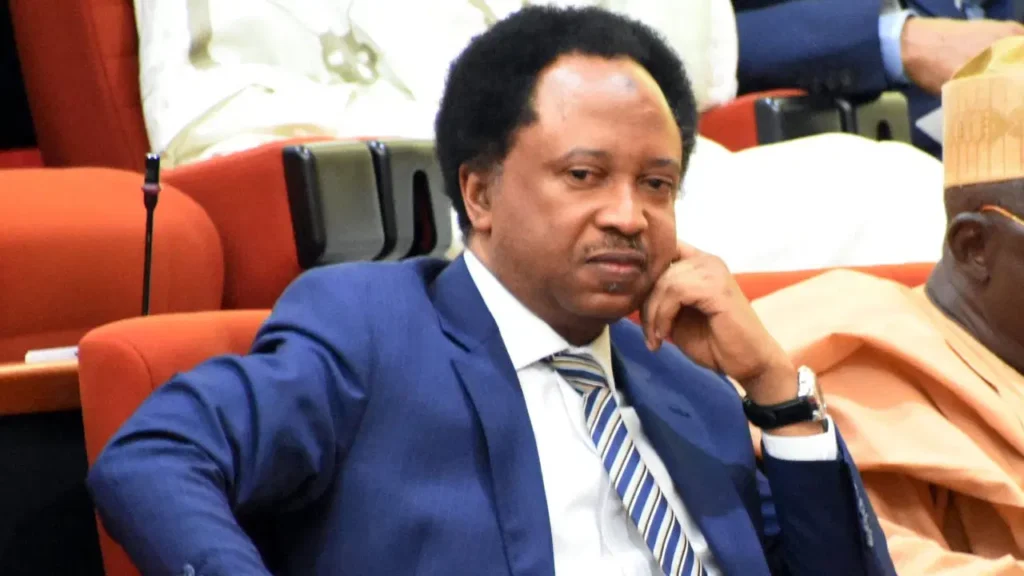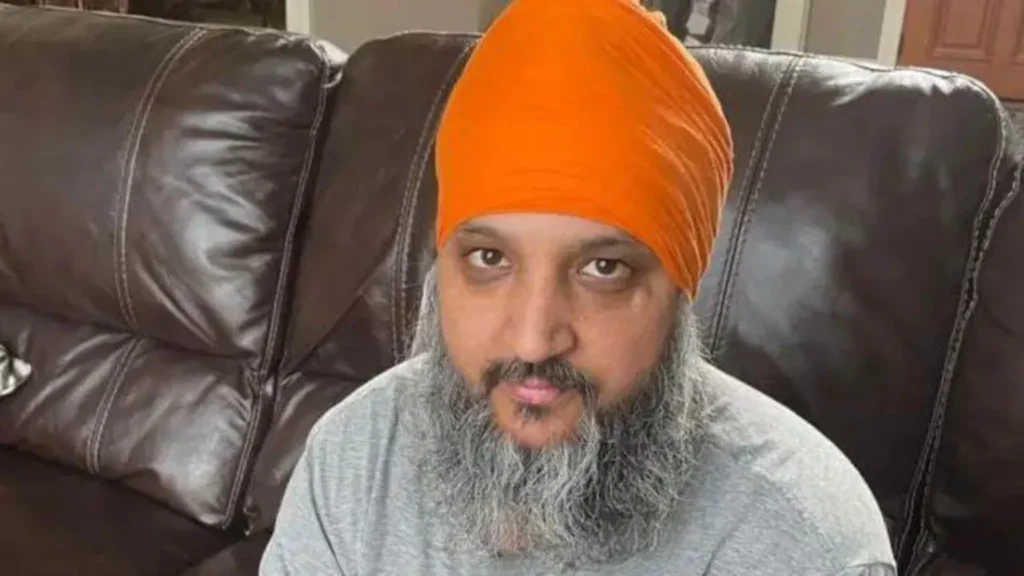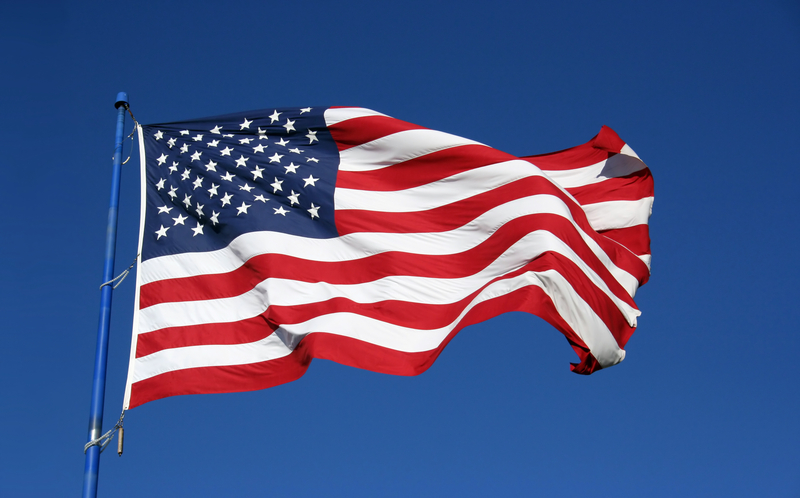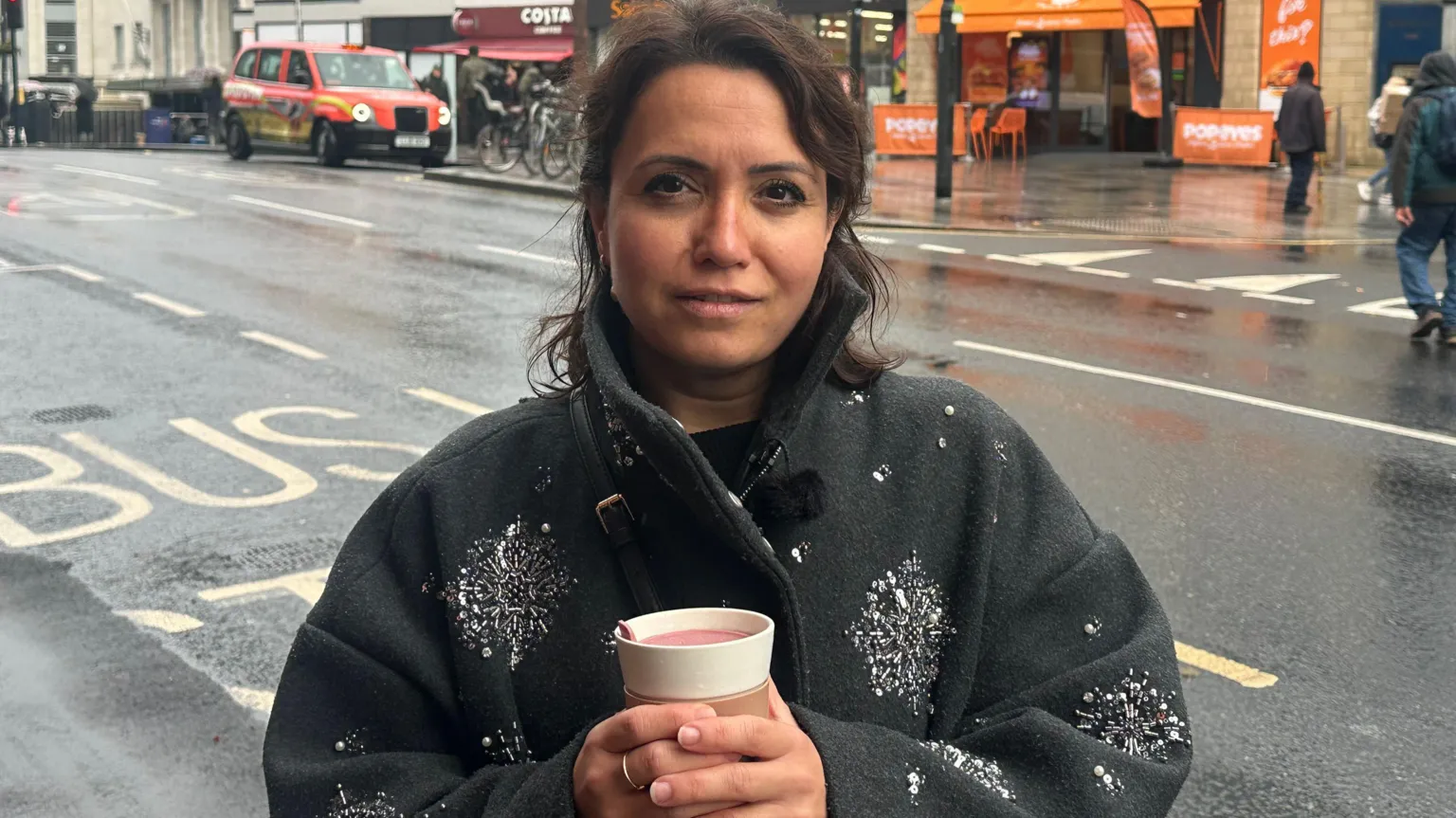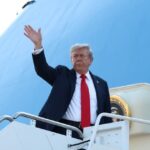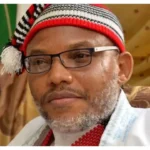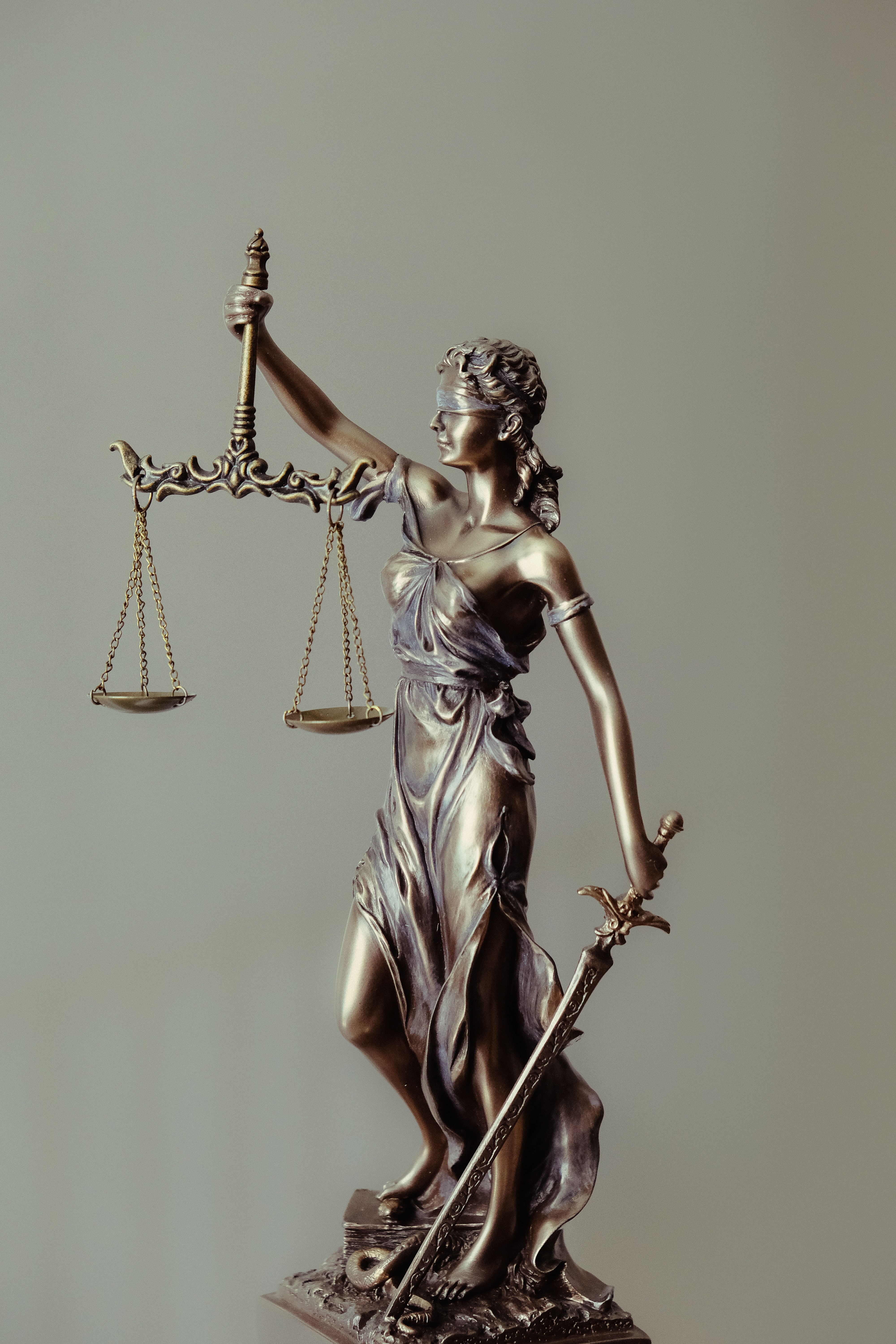Now Reading: Dreams Crushed”: Indian Students Turn Away from US as Trump’s Harsh Visa Rules Spark Fear and Rejections
-
01
Dreams Crushed”: Indian Students Turn Away from US as Trump’s Harsh Visa Rules Spark Fear and Rejections
Dreams Crushed”: Indian Students Turn Away from US as Trump’s Harsh Visa Rules Spark Fear and Rejections
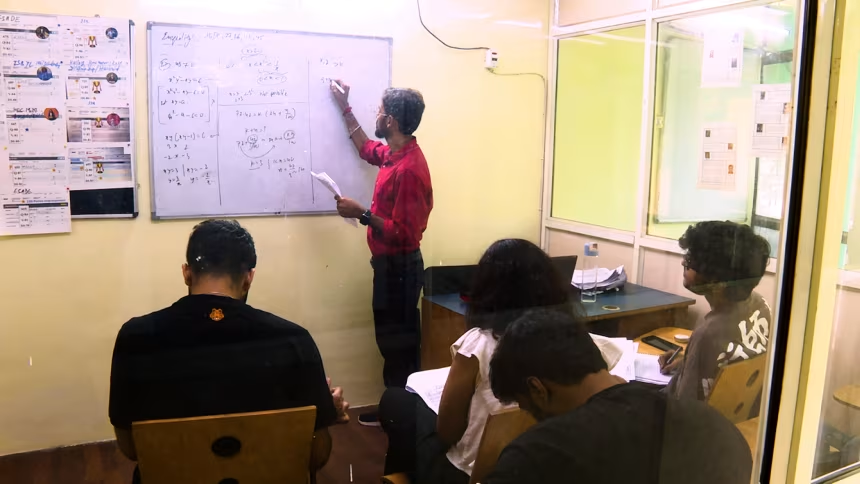
For decades, earning a degree from a US university has been a defining dream for millions of Indian families — a passport to prestige, opportunity, and prosperity. But that dream is quickly fading under President Donald Trump’s tough new visa policies, forcing many Indian students to rethink America as their top study destination.
From a proposed $100,000 H-1B work visa fee to tighter scrutiny of student visa applications, Trump’s sweeping immigration changes have created what many describe as an atmosphere of fear, uncertainty, and disillusionment.
Eighteen-year-old Avi from Bihar had secured a near-full scholarship to study anthropology at Trinity College in Connecticut — until his student visa was denied for failing to prove “ties that would compel him to return home.”
“I will not apply to the United States anymore,” he told CNN, using a nickname for fear of jeopardizing future opportunities. “The process feels very scary now — humiliating, even.”
Others already in the US say they are drowning in debt and anxiety. Puja, a law student, said she borrowed over $90,000 despite receiving a generous scholarship. “When we think of America, we think of freedom and growth,” she said. “But with these policy decisions, it almost feels like you’re not wanted here.”
Data shows a steep decline in Indian student arrivals this year — down about 45% in July and August compared to last year, according to US government figures. It’s the sharpest fall since the pandemic.
Some universities, including Arizona State University, reported “a slight dip” in international enrollment, citing “changing federal guidance” and visa appointment challenges. Others, like Columbia University and Boston University, said numbers remain steady.
The shift comes amid Trump’s immigration clampdown, which includes travel bans, stricter visa vetting, and even threats to deport foreign students for pro-Palestinian speech.
Education consultants across India say many students are abandoning their US plans altogether.
“Of the people we’ve sent to apply for US visas, around 40% were rejected,” said Imran Khan, founder of HumStudy Consultancy. Most were denied for the same reason: insufficient ties to India.
Mrinalini Batra, who runs the International Educational Exchange consultancy in Delhi, said fewer than half of her students now keep the US as their first choice. “They’re keeping options open — Canada, the UK, even staying in India,” she said.
Bhoopendra Singh, a GMAT trainer in New Delhi, put it bluntly: “Students don’t want to risk everything on unclear US policies. The dream has lost its shine.”
Adding to the anxiety is the Trump administration’s $100,000 H-1B work visa fee, which experts say could price out talented graduates — especially those outside STEM fields.
“I can’t imagine any employer paying that for a non-STEM graduate like me,” said Puja. “It makes staying after graduation almost impossible.”
More than 70% of H-1B visas in 2024 went to Indian nationals, most in STEM fields. But even tech aspirants are now reconsidering their options.
Hemaksh Swara, a computer science major in India, said he has dropped the US from his list entirely. “I’m looking at Europe now — maybe even India,” he said.
Experts warn that Trump’s policies could backfire on the US economy. Indian-born leaders like Google’s Sundar Pichai, Microsoft’s Satya Nadella, IBM’s Arvind Krishna, and Adobe’s Shantanu Narayen all started on student visas before obtaining H-1B permits.
“The drop in Indian students will have a profound and negative impact on US institutions, innovation, and the economy,” said education expert Rajika Bhandari.
The US Chamber of Commerce has already sued the Trump administration, calling the new H-1B fee “plainly unlawful.” Analysts warn it could slash new student enrollments by 30–40%, draining $7 billion from local economies and eliminating more than 60,000 jobs tied to international education.
What was once a journey of hope is now a tale of hesitation. As one consultant put it, “America used to be the dream. Now, for many young Indians, it’s just a risk not worth taking.”
